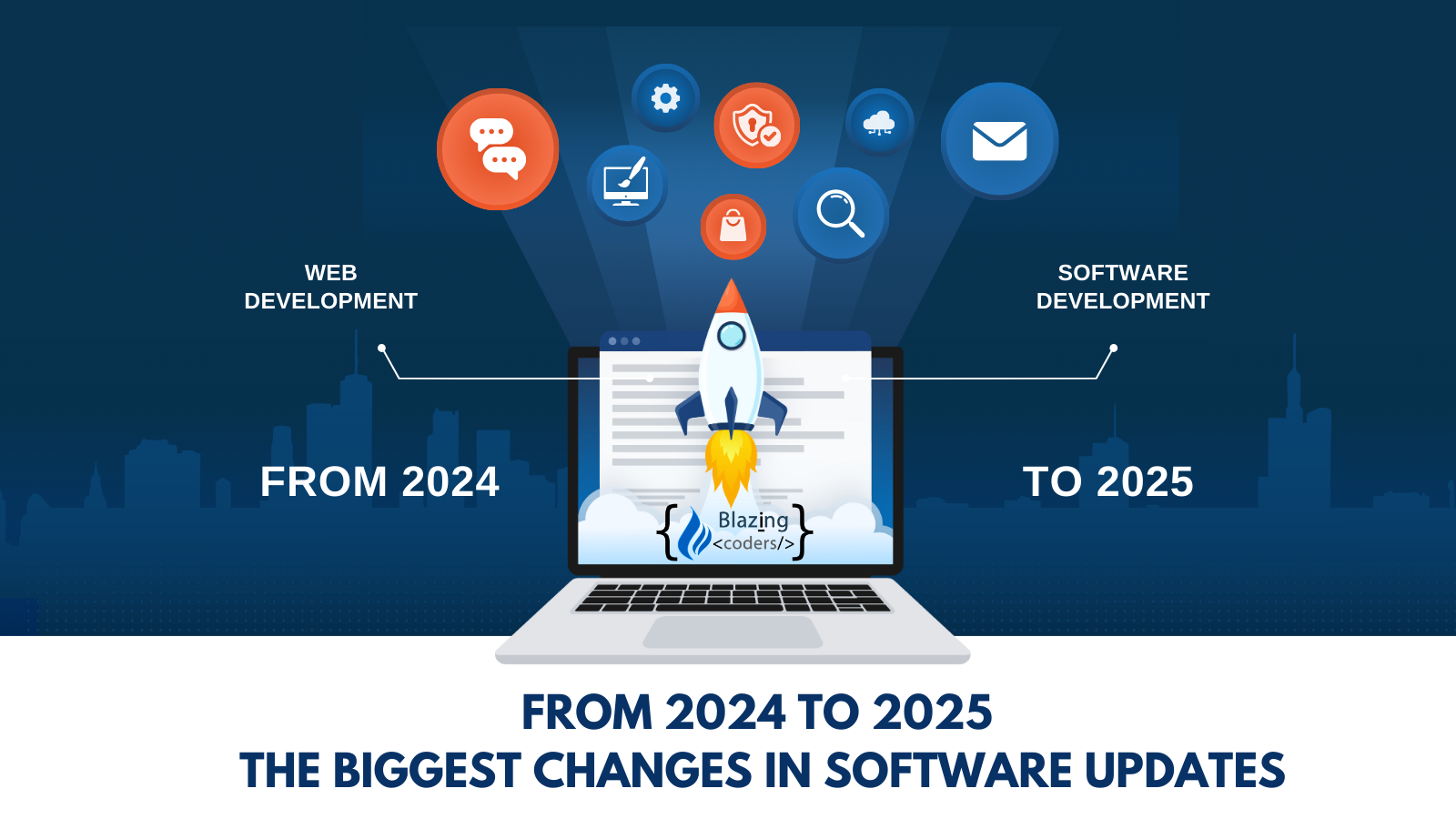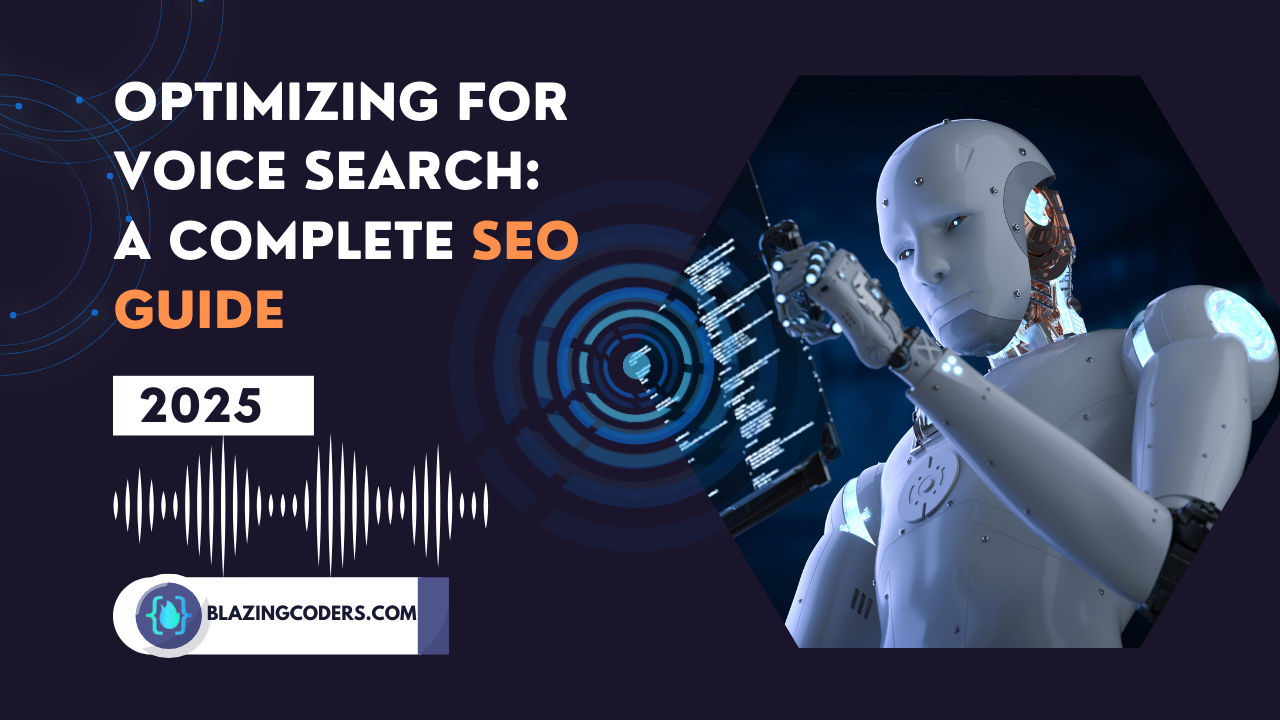From 2024 to 2025: The Biggest Changes in Software Updates
The landscape of software development and web development is ever-evolving. With each passing year, new technologies, frameworks, and methodologies emerge, shaping the way developers create and deploy applications. The transition from 2024 to 2025 marks a period of significant innovation in the industry. Let’s explore the most notable changes and trends in software and web development updates, highlighting their impact on businesses and developers alike.
Key Trends in Software Development Updates
1. Increased Adoption of AI and ML
-
Artificial intelligence (AI) and machine learning (ML) are becoming integral to software development processes. From code auto-generation to predictive analytics, these technologies enhance productivity and efficiency.
-
Tools like GitHub Copilot and Tabnine have seen widespread adoption, aiding developers in writing cleaner and faster code.
2. Rise of Low-Code/No-Code Platforms
-
Low-code and no-code platforms empower non-developers to build applications with minimal coding knowledge.
-
These platforms are becoming more robust, offering advanced features like AI integrations, data visualization, and API connectivity.
3. Enhanced Security Measures
-
With cybersecurity threats on the rise, software updates now focus heavily on security enhancements.
-
Features like zero-trust architecture, real-time threat detection, and encrypted communication are becoming standard.
4. Emphasis on Cloud-Native Development
-
Cloud-native development is a priority for organizations, leveraging microservices and containerization to ensure scalability and flexibility.
-
Kubernetes and Docker remain at the forefront, with new tools emerging to simplify cloud-native workflows.
5. Decentralized Applications (dApps)
-
Blockchain technology is influencing software development, with an increased focus on decentralized applications.
-
Industries like finance, supply chain, and healthcare are adopting dApps for transparency and security.
Key Trends in Web Development Updates
1. Web3 and Blockchain Integration
-
Web3 technologies are transforming the web development landscape, introducing decentralized web platforms and smart contracts.
-
Developers are exploring tools like Solidity and IPFS for blockchain-based web projects.
2. Progressive Web Apps (PWAs)
-
PWAs continue to gain traction, offering app-like experiences in web browsers without requiring installations.
-
They enhance user engagement through offline capabilities, push notifications, and faster load times.
3. Improved Performance Optimization
-
Tools like Core Web Vitals are becoming essential for monitoring and optimizing website performance.
-
Lazy loading, preloading assets, and efficient JavaScript frameworks like Svelte are in demand.
4. Advanced UI/UX Design Trends
-
Web development focuses on delivering personalized and accessible user experiences.
-
Features like dark mode, voice interfaces, and AR/VR integrations are reshaping UI/UX standards.
5. Edge Computing
Comparison Table: Software Development vs. Web Development Updates (2024-2025)
| Feature/Trend | Software Development | Web Development | | AI & ML Integration | AI tools for coding assistance and analytics. | AI-driven personalization and chatbots. | | Low-Code/No-Code Platforms | Rapid app development with minimal coding. | Simple website creation for non-coders. | | Security Enhancements | Focus on encryption, zero-trust, and compliance. | Web app security with SSL and secure headers. | | Cloud-Native Solutions | Containerization and microservices for apps. | Serverless architectures for web hosting. | | Blockchain Integration | Development of dApps using blockchain. | Web3 platforms with smart contracts. | | Performance Optimization | Efficient code and CI/CD pipelines. | Core Web Vitals and asset optimizations. | | UI/UX Trends | Simplified user interfaces with AI support. | Interactive and immersive web experiences. | | Emerging Technologies | Focus on IoT, AR/VR, and quantum computing. | Integration of AR/VR and 3D web elements. | |
The Impact of These Changes
For Businesses
-
Enhanced Efficiency: Automation and AI reduce development time and errors.
-
Scalability: Cloud-native and edge computing ensure businesses can handle growing user bases.
-
Cost Savings: Low-code platforms lower development costs by enabling faster prototyping.
For Developers
-
Skill Evolution: Developers need to upskill in areas like AI, blockchain, and new frameworks.
-
Collaboration: Tools like DevOps pipelines foster collaboration across teams.
-
Job Opportunities: Emerging technologies create demand for specialists in AI, cloud, and Web3.
Preparing for 2025 and Beyond
To stay ahead in the competitive landscape, businesses and developers must:
-
Invest in Training: Keep up with the latest tools and technologies.
-
Adopt Agile Practices: Be ready to pivot and adapt to new trends.
-
Focus on User Experience: Prioritize accessibility, speed, and responsiveness.
-
Leverage Collaboration Tools: Utilize platforms like GitLab and Jira for streamlined workflows.
The software development and web development industries are at the cusp of transformative changes. From AI-driven innovations to Web3 integrations, the transition from 2024 to 2025 promises a future filled with possibilities. By embracing these trends, businesses and developers can drive innovation, enhance productivity, and deliver exceptional digital experiences.






